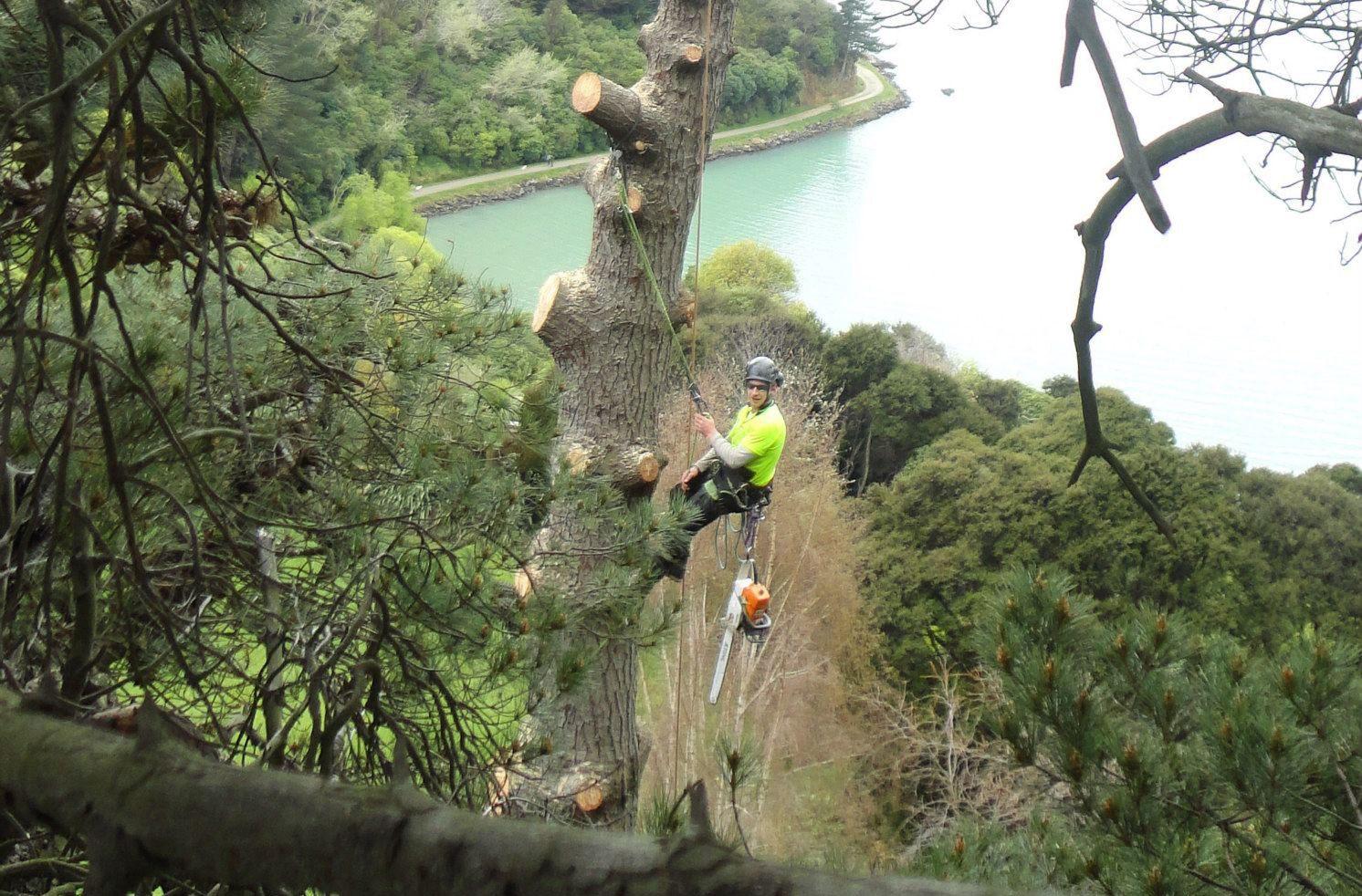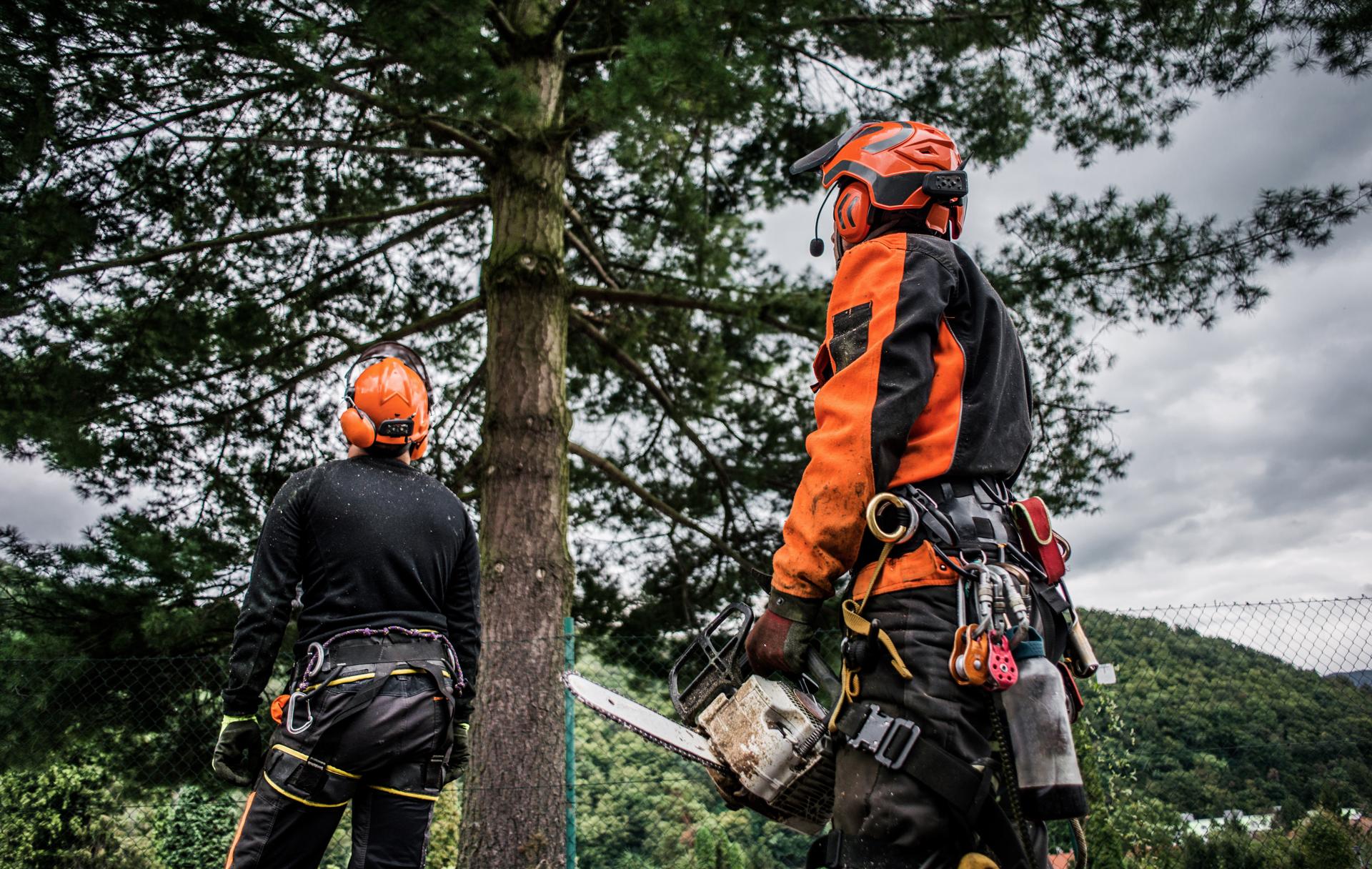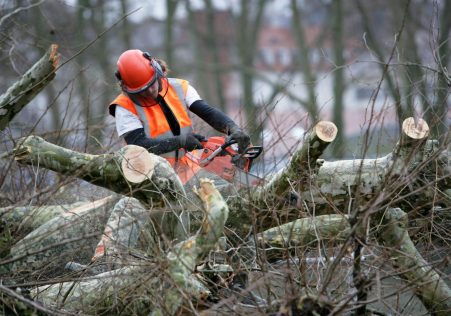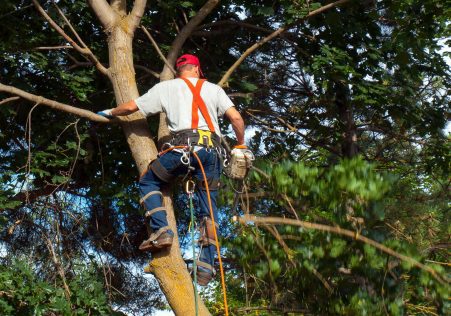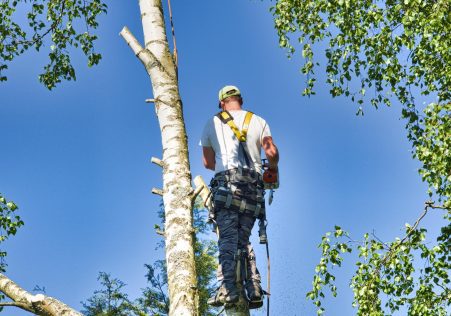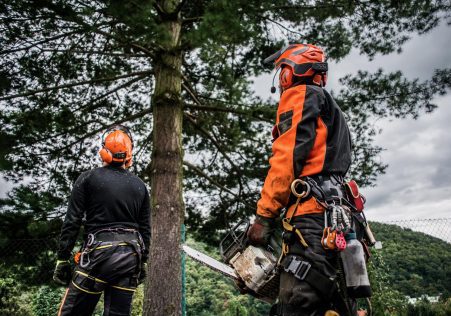Expert Help in Identifying Protected Trees located in Brisbane
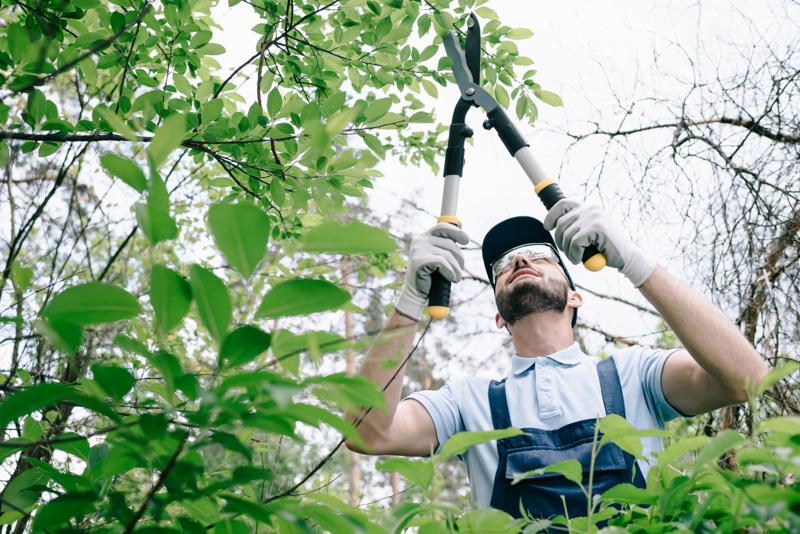
Trees play a crucial role in our environment as they provide shade, clean air and aesthetic value to our surroundings. However, not all trees are identical and some are granted extra protection status, which makes it illegal to perform any work without obtaining permission. If you’re considering having a tree removed it is crucial to be aware of the status of protection for the tree you’re considering, and what steps you’ll need to follow to be in compliance with the laws. In this article, we will walk you through the process of discovering whether a tree is protected and what you have take to be sure you comply with the law.
What exactly is a tree that is protected?
A protected tree has been subjected to certain legal restrictions It is illegal to do work on such a tree without having the appropriate permissions. There are two types of protection a tree could be protected by - statutory protection and preservation orders.
Statutory protection
Under legal protection trees are protected under law and are in the hands of Tree Preservation Orders (TPOs). TPOs are issued by local authorities to safeguard trees of significant public value and to ensure that they do not get damaged or destroyed.
Preservation orders
Preservation orders are like TPOs in that they are put in place from the Secretary of State responsible for Environment. The trees that are protected by preservation orders are considered to be of exceptional worth and are therefore protected from all work, which includes the felling.
What can I do to determine whether a tree is safe?
To determine if trees are protected, you must to determine if the tree is subject to an TPO or preservation order. This can be done by contacting your local authority and asking them to check for records.
TPO search
To find a TPO You can reach an Tree and Woodland officer from your local authority, who will be able to tell you whether the tree is protected. They’ll also be able advise you on the next steps to take if the tree is in a protected area.
Preservation order search
If you are looking for a preservation order you will need to contact secretary of state for Environment. They will be able to determine if the tree is protected and will provide the necessary information and guidance.
FAQs:
What happens if I carry out work on a tree that is protected without permission?
If you carry out work on a protected tree without the proper authorizations, you could be subject to massive fines or even prison.
Can I appeal to a TPO or preservation order?
Yes, you can appeal a TPO or preservation or TPO if that it is not justified. You will have to prove your claim and explain why the TPO or the preservation decision isn’t necessary.
Can I remove a protected tree?
It is against the law to remove a protected tree without obtaining the necessary permissions. If you require the tree to be removed then you must apply for permission and provide the evidence needed to prove your case.
Conclusion
In the end, determining if trees are protected is a vital aspect in ensuring that tree work is legally completed. If you know the various types of protection and the best way to determine if they are protected to ensure you’re following the law and are protecting the trees in your care. If you’re not sure about the status of protection for a tree, we recommend consulting an expert in tree care such as Tree Removal Service Brisbane. Our arborists are experienced and can advise you about the protection status of your trees and walk you through the required steps to ensure you are complying with the laws. With our experience and dedication to providing high-quality tree services we will help you preserve the beauty and worth for your tree. Call us now by calling 1300 735 217 to schedule a consultation, and let us assist you to ensure that your trees are protected and healthy.

